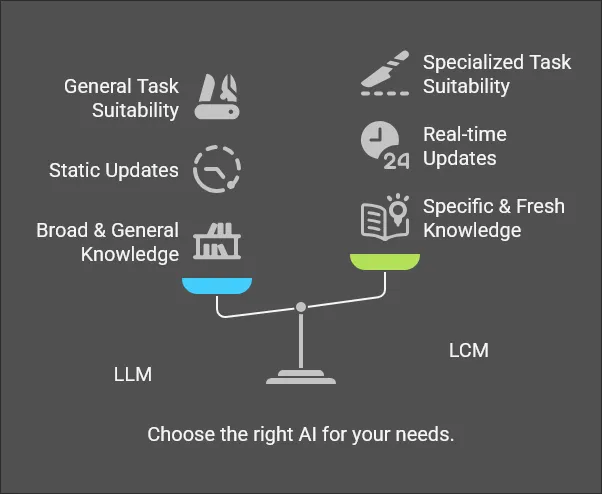Performance Optimization in Next.js Applications
Performance optimization is crucial for delivering a great user experience. In this post, I'll share practical tips for optimizing Next.js applications.
Core Web Vitals
Understanding and optimizing Core Web Vitals is essential:
- LCP (Largest Contentful Paint)
- FID (First Input Delay)
- CLS (Cumulative Layout Shift)
Image Optimization
Next.js provides powerful image optimization:
import Image from 'next/image'
export function OptimizedImage() {
return (
<Image
src="/hero.jpg"
alt="Hero image"
width={1200}
height={600}
priority
loading="eager"
/>
)
}
Code Splitting
Implement dynamic imports for better code splitting:
import dynamic from 'next/dynamic'
const DynamicComponent = dynamic(() => import('../components/Heavy'))
Caching Strategies
Implement effective caching:
-
Static Generation
export async function getStaticProps() { return { props: { data: await fetchData() }, revalidate: 60 // Revalidate every minute } } -
API Route Caching
export default async function handler(req, res) { res.setHeader('Cache-Control', 's-maxage=60, stale-while-revalidate') // ... rest of the handler }
Performance Monitoring
Track performance metrics:
- Use Lighthouse CI
- Implement Web Vitals reporting
- Monitor server-side metrics
Best Practices
-
Bundle Size
- Analyze with
@next/bundle-analyzer - Remove unused dependencies
- Use tree shaking
- Analyze with
-
Server-Side Optimization
- Implement edge caching
- Use CDN effectively
- Optimize database queries
-
Client-Side Optimization
- Minimize JavaScript
- Optimize CSS
- Implement lazy loading
Conclusion
Performance optimization is an ongoing process. Regular monitoring and optimization will help maintain a fast and responsive application.
Remember to:
- Measure before optimizing
- Focus on user experience
- Test on real devices
- Monitor continuously
Happy optimizing!


